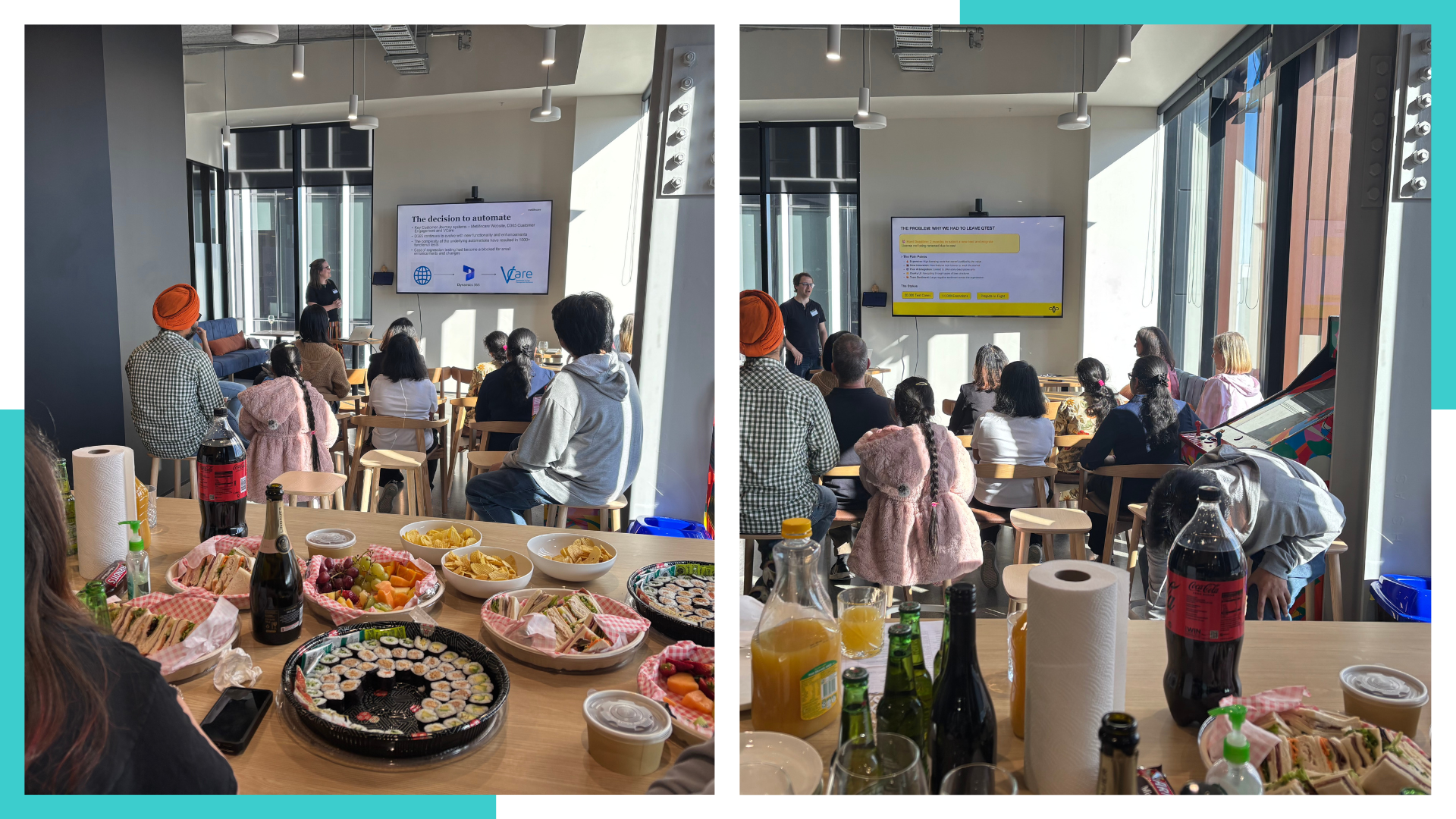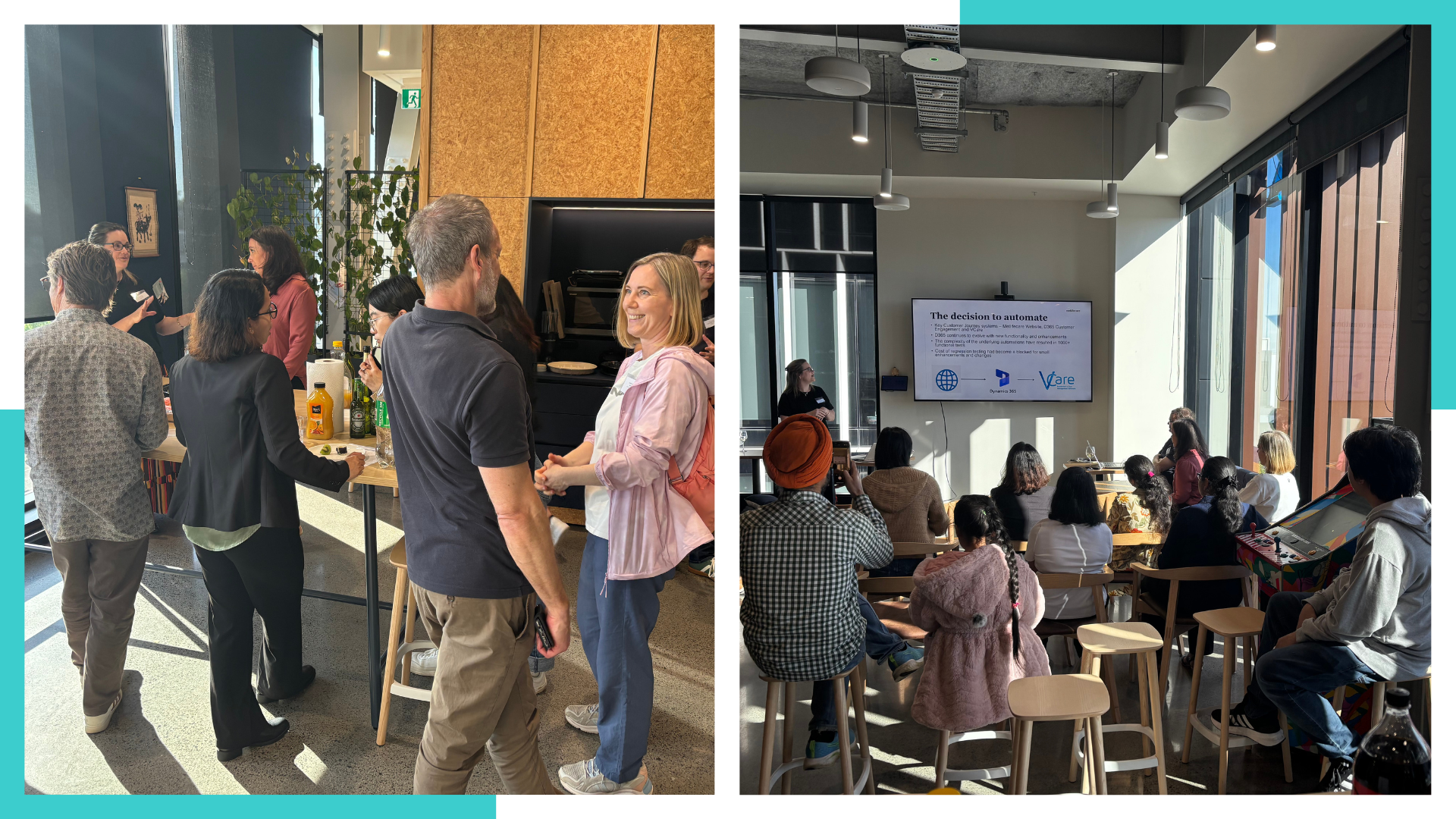How did you Select your Current Test Operations Toolset?
Hear how two local companies took a more structured approach to their Testing Operations tool selection at this month's Hamilton Test Professionals Meetup
So – how did you select your current Test Operations toolset?
And is it defendable…….?
Increasingly – and not surprisingly - that is a discussion that we are hearing across internal testing practices. So many times, the discussion gets an awkward silence then a confession; ‘We had a contractor and they liked……’ or ‘the Programme Manager said that we needed to use…..’ and even ‘Our vendor told us that we had to work with……’. Very rare to get a ‘We understood our requirements, canvassed the market, evaluated some options and trialled a short list’.
Until we had the Hamilton Test Professionals meetup.

Hosted by the great team at Company-X, the Hamilton Software Test Professionals met again (over some food and drink of course) – this time to hear how two local companies took a more structured approach to their Testing Operations tool selection. And as a result, had a defendable (and interestingly, an ongoing means to assess future tools presented to them) Testing Operations toolset in use.
- Caitlin was our first presenter. Test Manager for a leading local provider of services in the aged living and aged care category, the organisation has a range of software platforms supporting the business and a complex testing need in terms of tooling for their internal testing team. Tooling that was simple and easy for the internal team to use and learn was a priority. It had to work though and key for the organisation was that it had to be supported by a provider that the organisation could trust, could deliver and would enable them to use and support the tooling themselves. As the presenter, Caitlin walked the community through not just the why and how. She provided an overview of the selection criteria and the process by which tools were both eliminated and selected. Her presentation with the approach and criteria is available here.
- Following Caitlin, Neil of Mercury NZ presented their approach. Kinda different – yet evidence of the same structured and defendable approach. In Mercury NZ’s situation that current tooling no longer met the needs of the internal test practice. Neil’s dilemma was ensuring that the current concerns were not just listened to. That they would also be addressed by the new tooling and would not introduce further additional problems into a team ready for a change. For his presentation, Neil presented a good current state, reason for change, process of change, outcome of change, next steps and lessons learned session. One that talked to the reality of making the change (data migration, managing impact on in flight projects) as well as the risk of the change in terms of both new tooling adoption and ensuring that the new tooling fitted the needs of the testing practice both currently and into the future. Neil’s presentation again evidenced the value of working closely and forming a good relationship with the tool provider and their local services partner. And the value of a structured change process that bought with it the respect and close relationship with the tool provider.

After seeing so many examples of Test Operations tools entering organisations in an unstructured way, it was really good to see two structured examples of evidence-based tool selections. Each with a different outcome reflecting the focus on the individual organisation’s own needs.
Have you looked into how and why your current Testing Operation tools were selected – and how you would defend the use of the tools if challenged or presented by other options? Could you defend that they were both fit for purpose and met current internal test practice needs? Caitlin and Mercury NZ clearly can. Thank you both for your presentations.
And a huge thanks to Company-X for the venue and the hosting. Fantastic venue and great people.




